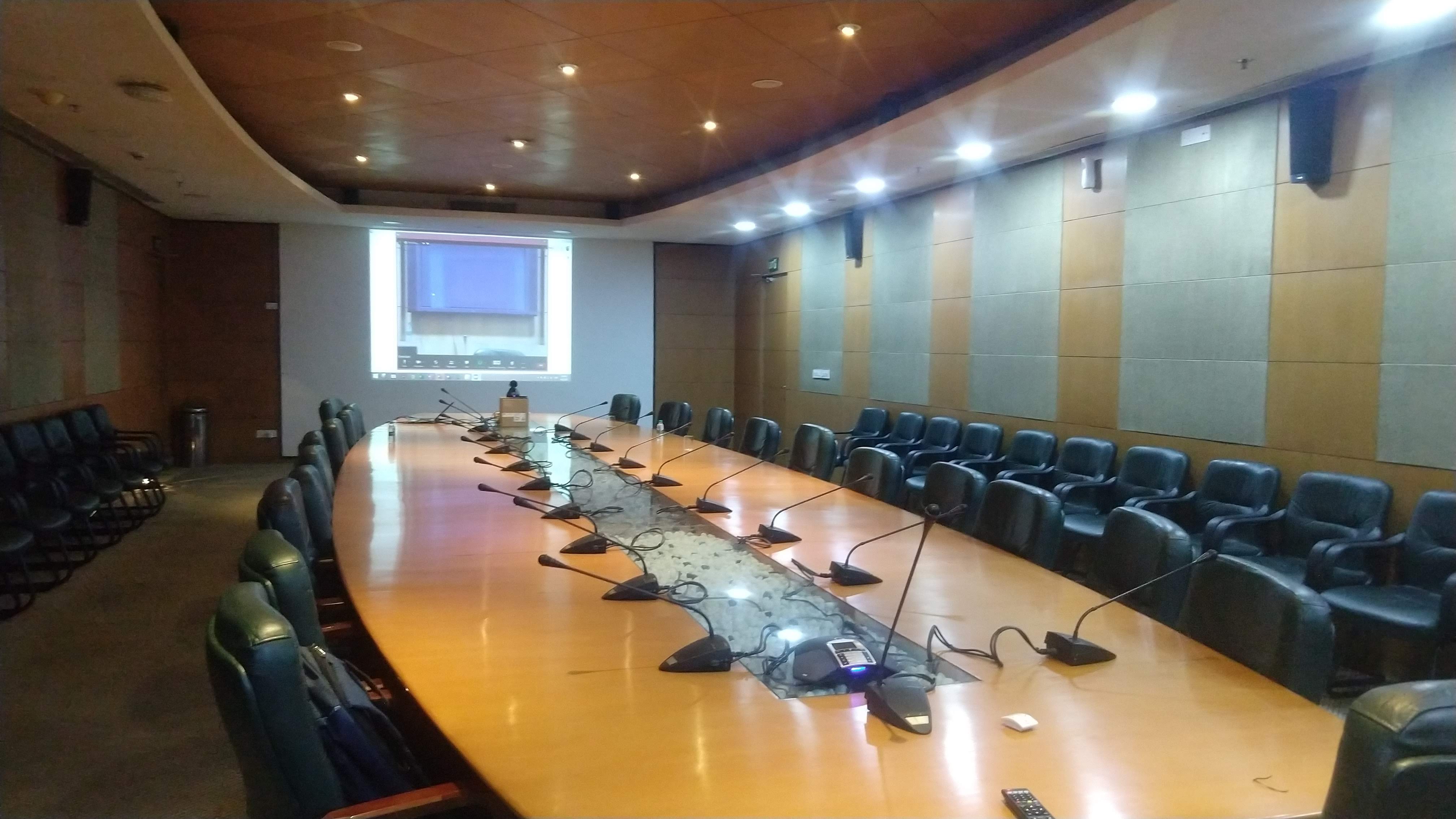Solution & Services
We provide all kinds of Audio-Visual Solutions & Services
Audio Video Solutions
We offer professional audio-visual solutions tailored to a wide range of sectors, including government offices, ministries, public sector undertakings (PSUs), corporations, IT & ITES, banks & financial institutes, educational institutions, universities, hospitals, airports, railways, and defence services. Given Below are some of our key solutions:
- Video Walls – Available in LED, rear projection, and LCD formats, ideal for impactful displays.
- Video Conferencing Setup – High-quality systems that facilitate seamless remote communication.
- Hybrid Classroom Solutions – Blending traditional and digital learning for flexible education experiences.
- Digital Content Studio with Chroma Setup – Professional facilities for content creation and video production.

- NOC Rooms & SOC Command Centres – Advanced setups for network operations, command & controls, system monitoring and security monitoring.
- Auditoriums and Conference Rooms – Comprehensive audio and public address (PA) systems for enhanced presentations.
- Smart & Virtual Classrooms – Innovative solutions designed for interactive and engaging learning environments.
- Hotel, Large Venue & Banquet Setup – Customised AV solutions for events and gatherings in various settings for banquet halls, restaurants, hotel lobbies & lounges, gym, pool area, etc.
- Digital Signage, Retail AV & Video Walls – Engaging displays that enhance customer experience and communication for the retail outlets.
- Hospital, Operating Theatre & Medical Solutions – Specialised AV systems designed to meet the needs of medical environments and intricate medical training & teaching.


